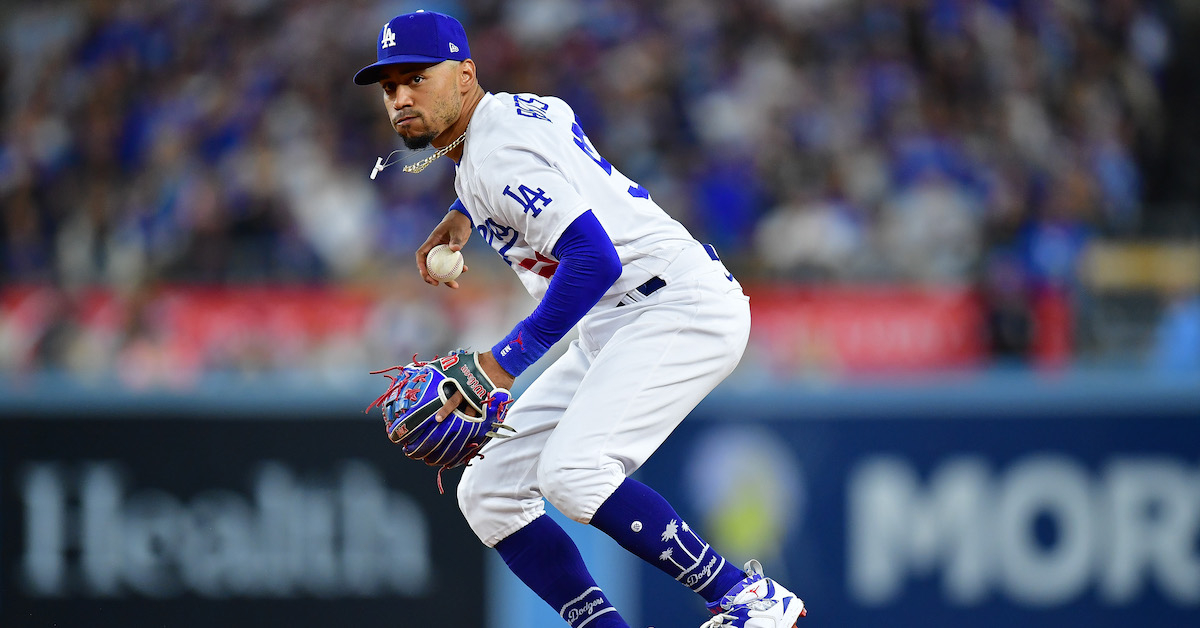Diamondbacks Erupt in Game 1 Rout at Dodger Stadium

In their Wild Card Series, the Diamondbacks were the comeback kids, the sixth seed that had limped their way into the postseason with a .451 second-half winning percentage and erased deficits of multiple runs on back-to-back days to beat the Brewers in Milwaukee. But on Saturday in Los Angeles, there was no mistaking it: this team can be a serious threat. Arizona came out punching in the first inning, with hard-hit ball after hard-hit ball off Dodgers starter Clayton Kershaw, chasing the left-hander after just a third of an inning – the shortest start of his Hall of Fame career. Before the Dodgers knew it, the Diamondbacks led 9-0, a hole too deep for Los Angeles to climb out of:
The second pitch of the game, a 73 mph curveball, was smoked by Ketel Marte at 115.7 mph and ate up James Outman in center field, leaving Marte on second with a double. It was good for the second-hardest batted ball of the over 21,000 hit off Kershaw in the Statcast portion of his career. In all of Statcast history, just two hitters – Shohei Ohtani and Giancarlo Stanton – have tagged a pitch thrown at 73 mph or slower with an exit velocity that high. It was a harbinger of things to come, the first of eight hard-hit balls in the opening inning, which amounts to one of the most impressive first-inning onslaughts in recent memory – no team has unleashed more hard-hit balls in the first inning of any game in over five years. Arizona plated six runs in the first and three in the second, and the focus – even Dave Roberts’ focus, as he shared in a third-inning interview – shifted to what a blowout here means for the rest of the series. Read the rest of this entry »








